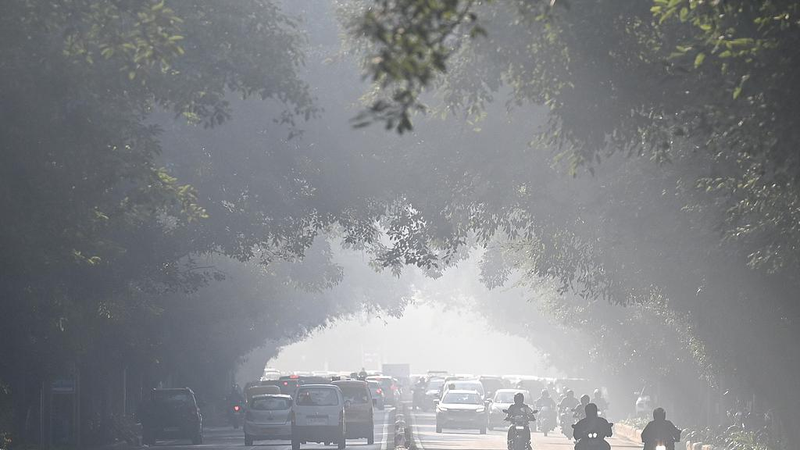Ever wondered how the forest canopy 🌲 might be influencing the brilliant display of autumn leaves 🍁? Scientists have just unlocked 🔓 the secrets of how the structure of our forests plays a key role in the timing of autumn's arrival! 🍂
A team from the Institute of Botany under the Chinese Academy of Sciences 🧪 studied six northern temperate forest sites. Using high-tech tools like laser radar 📡 and high-resolution imagery 📷, they've found a fascinating connection between the forest's canopy structure and autumn phenology—the seasonal changes we see in plants and animals during the fall.
\"A complex canopy can actually delay the onset of autumn,\" explained researcher Su Yanjun. \"It does this by regulating microclimate factors like light ☀️ and temperature 🌡️ within the forest.\"
So, what's happening up there in the treetops? 🌳 A dense canopy reduces the amount of light that penetrates into the forest, which can slow down photosynthesis and delay when plants reach their carbon saturation point. Plus, it acts like a cozy blanket, buffering temperature changes and protecting plants from frost damage ❄️.
This means that forests with more complex canopy structures could see a later arrival of autumn, affecting everything from leaf color changes 🌈 to the forest's ability to absorb carbon dioxide 🌍.
The researchers also found that traditional models predicting autumn's timing might be off 🎯 because they don't consider these canopy effects. By adding in the \"canopy structure-microclimate-autumn phenology\" mechanism, predictions become much more accurate! 📈
Why does this matter? Understanding these dynamics helps us predict how climate change might affect our forests and their crucial role in carbon sequestration. It's like adding another piece to the climate puzzle 🧩.
This groundbreaking study was published in Nature Climate Change, bringing us one step closer to understanding the intricate dance between our planet's ecosystems and the changing climate. 🌐
Reference(s):
cgtn.com




